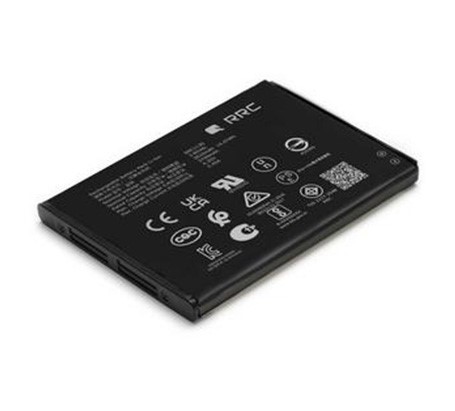The average smartphone user spends around 3 hours and 15 minutes per day on their device. With such heavy usage, the need for battery cigarette lighter chargers has become indispensable for many individuals, especially during travel. These chargers not only provide convenience but also ensure that our devices remain powered throughout the day. However, as technology advances and our gadgets become more sophisticated, the challenge lies in creating chargers that are not only efficient but also compact enough to fit seamlessly into our daily lives.
Miniaturization Techniques
One of the key aspects of modern battery cigarette lighter chargers is their compact design. To achieve this, manufacturers employ various miniaturization techniques that allow for the integration of high-capacity Li-ion battery packs and multiple charging ports within a small form factor.
Integration of Components
One of the most common techniques used is the integration of components. By carefully selecting and arranging the internal components of the charger, engineers can optimize space and reduce unnecessary bulk. This often involves custom designing circuit boards and utilizing surface mount technology to minimize the footprint of individual components.
Efficient Heat Dissipation
Another challenge in compact charger design is managing heat dissipation, especially when dealing with high-capacity Li-ion battery pack. To address this issue, designers incorporate efficient heat sink designs and utilize materials with high thermal conductivity. Additionally, advanced thermal management algorithms are implemented to regulate temperature and prevent overheating during charging.
Advanced Power Conversion
Efficiency is crucial in compact chargers to ensure minimal energy loss during the charging process. To achieve this, modern chargers utilize advanced power conversion technologies such as synchronous rectification and pulse-width modulation. These techniques help optimize energy transfer and reduce power wastage, allowing for faster and more efficient charging.
Smart Charging Algorithms
In addition to hardware innovations, smart charging algorithms play a crucial role in maximizing the performance of compact chargers. These algorithms constantly monitor the charging process and adjust parameters such as voltage and current to ensure safe and efficient charging for various devices. Additionally, features like automatic device detection and power delivery negotiation further enhance the user experience.
Enhanced Durability and Safety Measures
Apart from compactness and efficiency, modern battery cigarette lighter chargers also prioritize durability and safety. Manufacturers incorporate robust materials and construction methods to ensure longevity and resilience against everyday wear and tear. Additionally, built-in safety features such as overcurrent protection, short circuit prevention, and temperature monitoring safeguard both the charger and the connected devices, providing peace of mind to users during charging sessions.
Takeaways
The evolution of battery cigarette lighter charger has been driven by the need for compactness without compromising on performance. Through innovative design approaches and miniaturization techniques, manufacturers have been able to create chargers that are not only smaller but also more powerful and efficient. As our reliance on mobile devices continues to grow, the demand for compact chargers will only increase, driving further advancements in this field.

